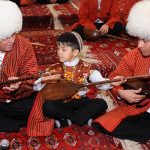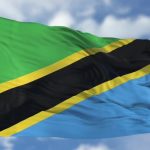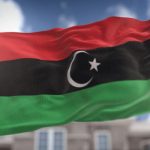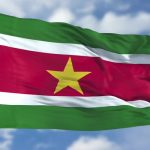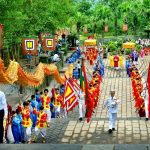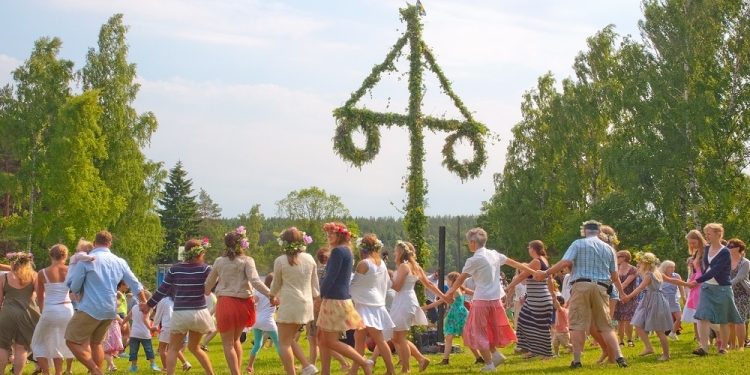
Midsummer Day / Midsummer Eve
Midsummer Day is a tradition that dates back centuries. It’s a Germanic tradition that celebrates the summer solstice. Traditionally, it has been seen as a day of magic—a time when people lit bonfires to ward off evil forces and believed plants had special, magical properties.
It was, and still is, a day that not only celebrates summer but also all of nature. That’s why it’s observed in so many countries, particularly those in Northern Europe. It’s a day observed in Sweden, Finland, Latvia, Norway, and Estonia.
In some countries, the day before is also observed as a holiday and is known as Midsummer Eve. Midsummer is a celebration that coincides with St. John the Baptist festivals in some places as well.
Midsummer History
Even though midsummer traditions date back to the Iron Age (to about 79 BC, in fact), they have been tied with Christian traditions for hundreds of years now. During the 10th century, King Olaf Tryggvason of Norway gave pagans a fixed day to practice their customs, a day that coincided with St. John’s Eve. Of course, these traditions also exist in other countries as well.
Midsummer’s Eve & Midsummer’s Day Celebrations
Midsummer’s Eve is observed in some countries, particularly in Sweden and Finland. Known as Midsommarafton and Midsommar in Swedish, Juhannus in Finnish, and Sankhansaften in Norwegian, this holiday is observed in different ways and at different times in each country, but it also coincides with Midsummer Day.
In Sweden, this holiday is observed on a Friday between June 19th and June 25th, and celebrations include a pole that is decorated with flowers, known as majstång (or maypole in English). This is an ancient custom tied to early pagan fertility rites and is accompanied by song and dance. People also make bonfires that light up the night.
In Finland, this holiday is officially observed on a Saturday between the 20th and 26th. As in Sweden (and in many other Scandinavian countries), bonfires are lit to drive away evil spirits and to ensure a good harvest. These bonfires are known as Kokko. There is also plenty of drinking and dancing, and post-party swims at night.
In Denmark, the bonfire tradition is observed on both Midsummer’s Eve and Midsummer’s Day. There is also a tradition of singing “Vi elsker vort land” (“We love our land”), and people eat traditional foods such as pickled herring, strawberries, new potatoes, and smoked fish. Plenty of schnapps and beer are also consumed during this festival.
Although it’s natural for us to try to separate Midsummer’s Eve and Midsummer’s Day into two distinct holidays, that’s all but impossible. That’s because the two holidays are intricately linked to one another, and the festival lasts over a week.
